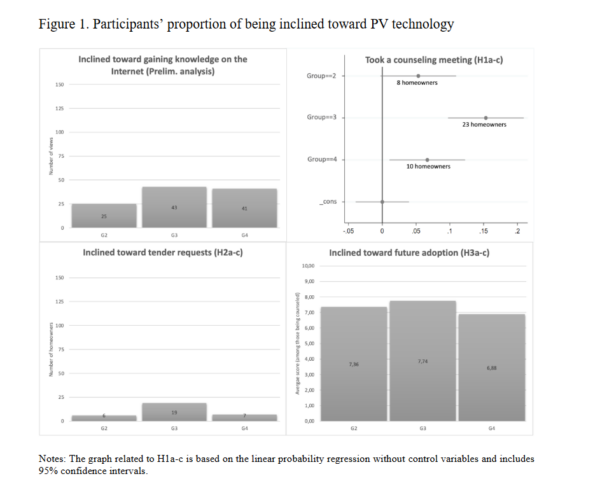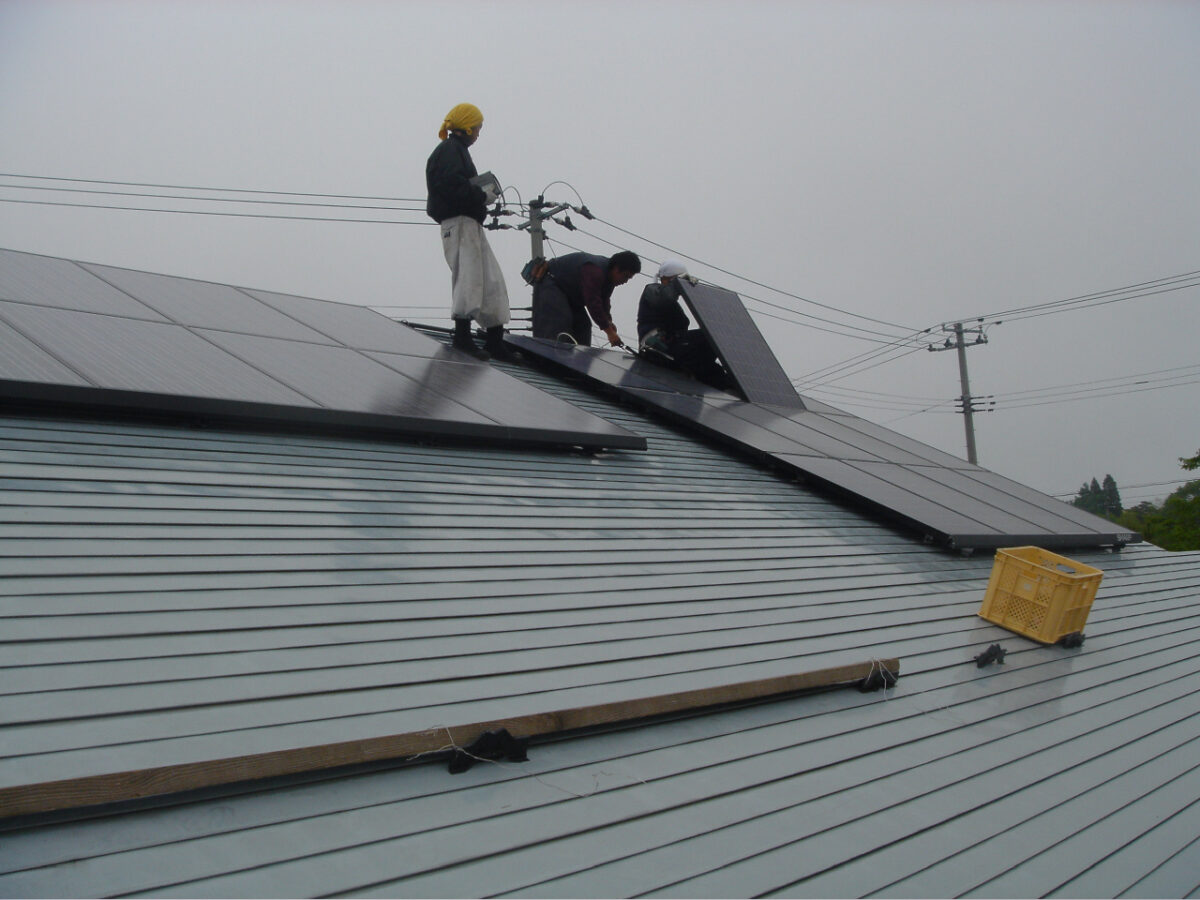Researchers from the University of Lausanne and the Swiss Federal Institute of Technology tracked the solar uptake of 600 homeowners in Schaffhausen, a city in the German-speaking part of Switzerland, for four months in 2022. They found that the best way for governments to nudge homeowners into installing rooftop PV solar systems was greatly increased when the individual was guided by self-interest.
“There were two key takeaways,” one of the study’s co-authors, Maurus Pfalzgraf, told pv magazine, “and one was that nudging is effective.” The other major finding was that the success of nudging – meaning to gently propose an idea without a mandate or incentive – was determined by whether the homeowner was informed by how much money they could save, “or would have saved if they already installed PV,” Pfalzgraf said.
Mainly tasked with testing the efficacy of nudging, the researchers also wanted to find what personalized behavioral interventions worked better as a nudge. The first intervention was underpinned by prosocial motives – meaning the intention to benefit another person, group or society – and the latter intervention was rooted in self-interest. Schaffhausen was selected as the pilot city as its residential electricity price at the time of research was “very close” to the European average, the paper reported.
In collaboration with the local government, the researchers sent 600 homeowners two personalized letters. One of the letters addressed the prosocial benefits of rooftop solar PV and included phrases such as, “You could become less dependent on energy sources such as oil or gas from abroad and at the same time make a valuable contribution to climate protection.” The second letter was written in the vein of self-interest and included lines such as, “You are missing out on 7,900 kWh of solar electricity per year, worth around CHF 790 ($865).”
Both types of letters included invitations to receive PV consulting sessions offered by a neutral public organization. The consultation was followed by the option to request an offer for the installation. After the consultation, the homeowner was asked to state the likelihood for going through with the installation. At every step of the process, the researchers were keeping track of follow-through.
“With a 15-percentage point change, this self-interested type of nudge increased the pressure to act,” the paper states. “In comparison, a second group which received a personalized letter activating social norms regarding one’s community by demonstrating how many of one’s neighbors have already installed PV produced smaller, yet statistically significant effects with about 6.5 percentage point change.”
Popular content

Image: Oliver Neumann, Audrey Gonin (both University of Lausanne), Maurus Pfalzgraf, and
Anthony Patt (both ETH Zurich).
Pfalzgraf said the team was still waiting to collect the figures regarding how many individuals went through with the whole PV installation, and he was also personally interested in interrogating whether nudging worked to convince individuals with large property portfolios and renters. Overall, Pfalzgraf said the team was “happy” to see the “clear potential” of nudging proved as an effective government instrument. Nudging is generally perceived as an easier and cheaper mechanism for governments to employ as the prompts do not require policy-change or subsidies for implementation.
The research group presented its findings in the study “Governments can nudge household solar energy adoption: Evidence from a field experiment in Switzerland,” which was recently published in Energy Research & Social Science.
The research was conducted from June—September 2022 and was guided by a desire to “contribute to a better understanding of how public organizations can use behavioral interventions to promote renewables without large subsidies,” the paper claimed. Pfalzgraf said the research was important from a Swiss perspective as it could help the federal government achieve its net zero fossil fuel target by 2050.
Swissolar, the PV association of Switzerland, announced in June the central European country had installed more than 1 GW of PV last year – the third year PV demand increased by 40%. Switzerland recorded 4,134 MW of total solar PV capacity at the end of 2022, according to the most recently collected data by the International Renewable Energy Agency (IRENA).
This content is protected by copyright and may not be reused. If you want to cooperate with us and would like to reuse some of our content, please contact: editors@pv-magazine.com.


1 comment
By submitting this form you agree to pv magazine using your data for the purposes of publishing your comment.
Your personal data will only be disclosed or otherwise transmitted to third parties for the purposes of spam filtering or if this is necessary for technical maintenance of the website. Any other transfer to third parties will not take place unless this is justified on the basis of applicable data protection regulations or if pv magazine is legally obliged to do so.
You may revoke this consent at any time with effect for the future, in which case your personal data will be deleted immediately. Otherwise, your data will be deleted if pv magazine has processed your request or the purpose of data storage is fulfilled.
Further information on data privacy can be found in our Data Protection Policy.